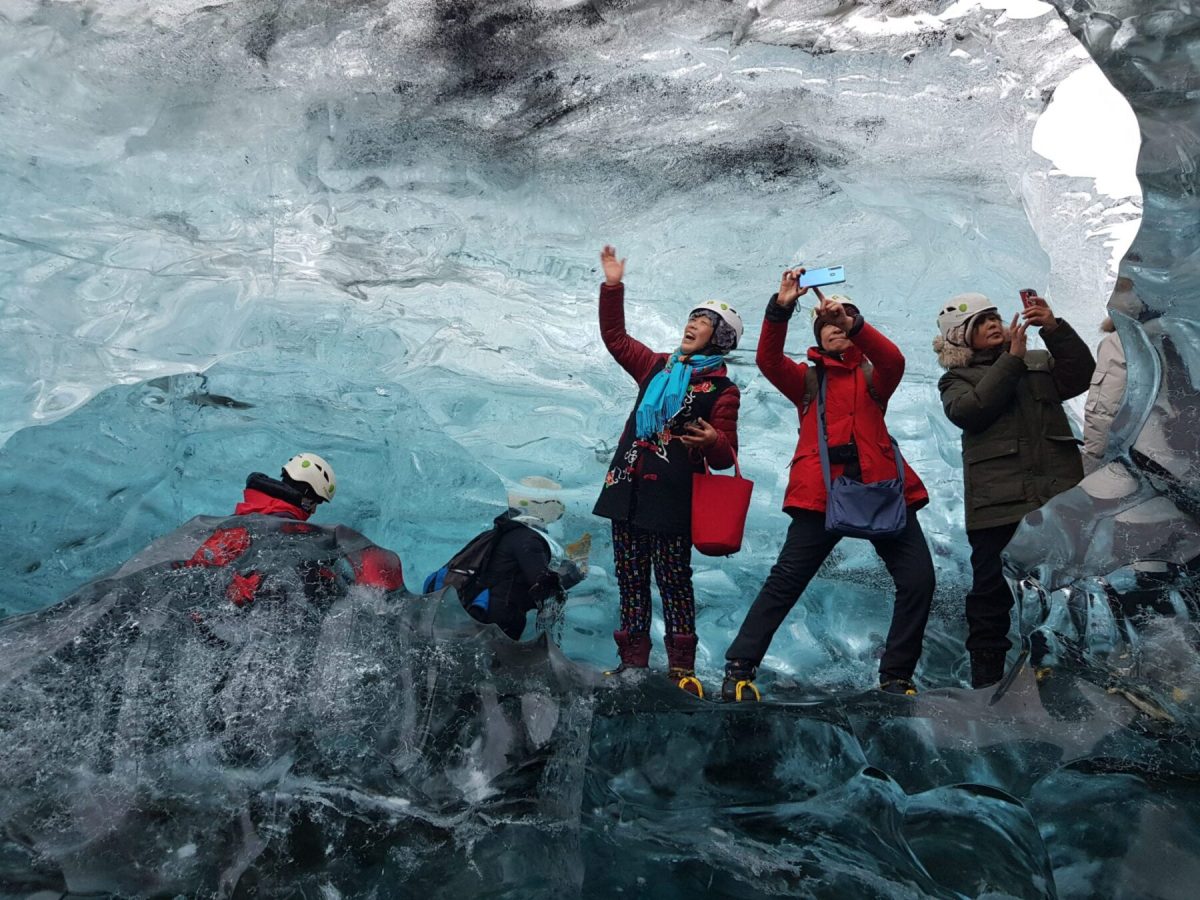Iceland’s Glaciers Are Shrinking: What's the Risk to Tourism?

Skift Take
Glaciers have melted at the most rapid rate on record in five of the past six years, the World Meteorological Organisation (WMO) said in a recent report.
In all, glaciers have lost more than 9,000 billion tons of ice since 1975, the WMO said, equivalent to a 25 meter thick block of ice the size of Germany. Higher global temperatures means that all of the world’s 19 glacier regions are at risk.
It’s a direct threat to destinations that rely on glaciers as attractions for tourism, most notably Iceland.
Glaciers and the northern lights are the top two reasons visitors come to Iceland, the Icelandic Tourism Research Centre told Skift in an interview.
In 2024, roughly 2.3 million international visitors arrived in this small country of around 390,000 people.
On most days across the year, guided tours wind their way across the glaciers. Skiing, hiking, and ice cave tours contribute to the local tourism economy while also raising awareness about climate change.
According to the University of Zurich, Iceland has lost 750 square kilometres of its glaciers since 2000, an area larger than four times the size of Washington D.C. Scientists predict that Iceland could lose up to 35% of its glacial mass within half a century.
Vatnajökull in Iceland is the largest glacier in Europe, it is receding at a rate of 100 - 200 meters a year. Credit: Bianca F
